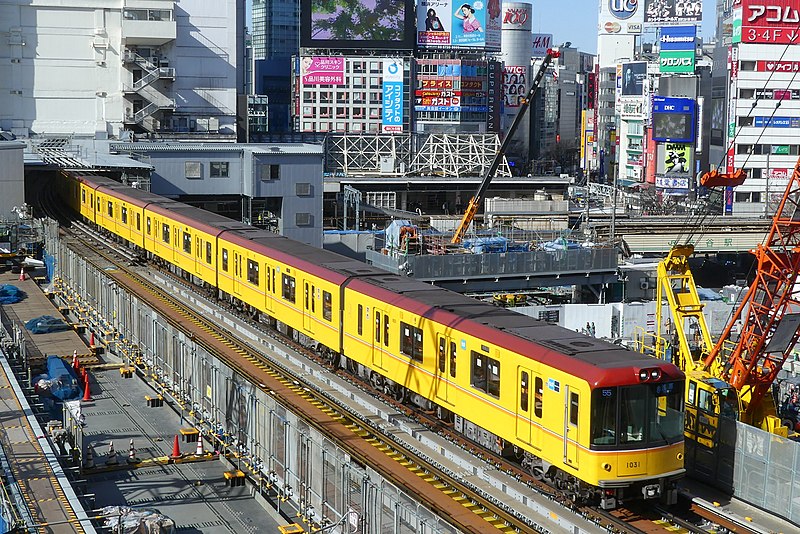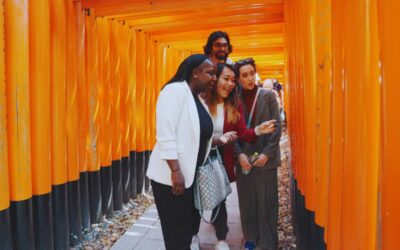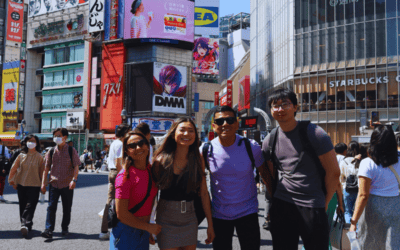Tokyo is a city of endless exploration, and one of the best ways to experience its diversity is by hopping on the iconic Ginza Line. This historic subway line, which opened in 1927, was the first subway line in Asia and remains one of the most vital transportation arteries in Tokyo. Stretching from Asakusa in the northeast to Shibuya in the southwest, the Ginza Line covers 14.3 kilometres and connects some of the most significant districts in the city.
The Ginza Line is known for its accessibility and efficiency, making it a popular choice for both locals and tourists. It serves a variety of passengers, from business professionals commuting to and from work in the bustling business districts, to tourists eager to explore Tokyo’s cultural and historical landmarks.
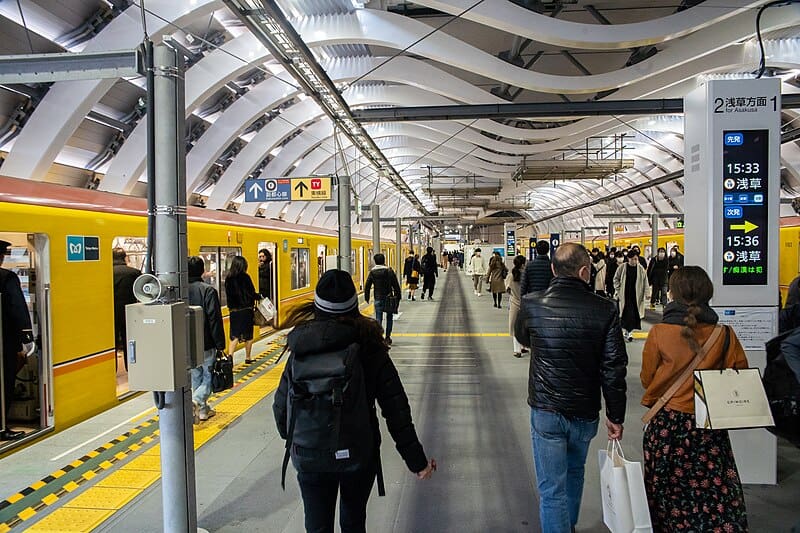
The trains themselves are characterised by their bright yellow colour, a distinctive feature that makes them easily recognisable. The interior of the trains is modern and comfortable, with clear signage and announcements in multiple languages, ensuring a pleasant journey for all passengers.
One of the most appealing aspects of the Ginza Line is the diversity of the areas it traverses. Starting in Asakusa, a district known for its rich history and traditional atmosphere, the line moves through vibrant and eclectic neighbourhoods like Ueno, famous for its cultural institutions and parks, before reaching the upscale shopping and dining haven of Ginza. Each stop along the line offers a unique slice of Tokyo life, blending the old with the new and the traditional with the contemporary.

This itinerary will take you through three vibrant stops: Asakusa, Ueno, and Ginza. Each stop offers a unique blend of culture, history, and modernity, making for an unforgettable day in Tokyo. From the historic temples and bustling shopping streets of Asakusa to the cultural richness of Ueno and the luxurious charm of Ginza, the Ginza Line provides a perfect route for discovering the multifaceted beauty of Tokyo.
Ginza Line Stop 1: Asakusa
Visit Sensō-ji Temple

Start your day in Asakusa, one of Tokyo’s most historic neighbourhoods. To reach Sensō-ji Temple, take the Ginza Line to Asakusa Station and use Exit 1. This exit brings you directly to Kaminarimon (Thunder Gate), the grand entrance to Sensō-ji Temple and an iconic symbol of Asakusa.
As you approach the temple, you’ll pass through the impressive Kaminarimon, where you can take photos of the massive red lantern and statues. Continue through Nakamise Shopping Street, leading up to the Hōzōmon Gate, which marks the entrance to the temple grounds.
Take your time to explore the temple, admire the beautiful architecture, and participate in traditional rituals such as cleansing your hands and mouth at the purification fountain. Don’t forget to draw an omikuji (fortune-telling paper strip) for a small donation of around 100 yen to see what the day holds for you.
Explore Nakamise Shopping Street

After soaking in the spiritual atmosphere of Sensō-ji, head back to Nakamise Shopping Street. This bustling street stretches approximately 250 metres from Kaminarimon to the main temple grounds, lined with around 90 stalls selling traditional snacks, souvenirs, and crafts. Here are some budget-friendly recommendations:
- Taiyaki: Fish-shaped pastries filled with sweet red bean paste, custard, or chocolate. Prices range from 150-300 yen each.
- Ningyō-yaki: Small, doll-shaped sponge cakes, often filled with red bean paste, costing around 100-200 yen each.
- Senbei: Traditional Japanese rice crackers, which come in various flavours and sizes, typically priced between 100-300 yen.
Apart from food, Nakamise Street offers a wide array of souvenirs such as yukata (summer kimonos), folding fans, and traditional Japanese crafts. Budget around 500-2,000 yen for souvenirs, depending on what you choose to buy.
Take a Rickshaw Ride Around the Area

For a different perspective of Asakusa, consider taking a rickshaw ride. You’ll find rickshaw pullers (known as jinrikisha) near the Kaminarimon gate, easily identifiable by their traditional attire. Rickshaw rides provide a unique and leisurely way to explore Asakusa, with knowledgeable rickshaw pullers offering fascinating insights into the history and culture of the area.
- Routes and Costs: A typical 10-15 minute ride costs around 3,000 yen for one person or 4,000 yen for two. Longer rides, such as a 30-minute tour, cost approximately 7,000 yen for one person or 9,000 yen for two. Popular routes include:
- A tour around Sensō-ji Temple and the nearby Asakusa Shrine.
- A ride along the Sumida River, offering scenic views of the Tokyo Skytree.
- A visit to the Rokku entertainment district, known for its historical theatres and shops.
These rickshaw rides provide a relaxing way to see parts of Asakusa that you might otherwise miss, and you’ll likely learn some interesting anecdotes along the way.
Ginza Line Stop 2: Ueno
From Asakusa Station, hop back on the Ginza Line towards Shibuya. Board the train on Platform 2. The ride to Ueno takes about 10 minutes, covering five stops, and costs approximately 170 yen. Once you arrive at Ueno Station, use Exit 2, which leads you towards Ueno Park.
Enjoy the Ueno Tōshō-gū Shrine

our first destination in Ueno is the Ueno Tōshō-gū Shrine, a beautiful Shinto shrine dedicated to Tokugawa Ieyasu, the founder of the Tokugawa shogunate. To reach the shrine, head north from the station, walking through Ueno Park. The walk takes about 10 minutes. Follow the signs within the park to the shrine.
The shrine is known for its ornate decorations and tranquil garden, providing a peaceful retreat from the bustling city. Don’t miss the stunning five-storey pagoda and the impressive collection of stone lanterns. The entrance fee is around 500 yen.
Lunch Options

Before heading to your next destination, enjoy lunch in Ueno. Ueno offers a variety of dining options catering to different budgets:
- Ameyoko Market: From Ueno Tōshō-gū Shrine, walk back towards Ueno Station and head south to Ameyoko Market, a 15-minute walk. This bustling market street is filled with affordable eateries where you can enjoy sushi, yakitori (grilled chicken skewers), and ramen. Budget around 1,000-1,500 yen per person.
- Park Side Café: Alternatively, head back into Ueno Park to Park Side Café, located near the central fountain. It’s a 10-minute walk from the shrine. This café offers a relaxing atmosphere with views of the park. They serve a range of dishes from pasta to Japanese curry, with prices ranging from 1,500-2,500 yen.
Visit the National Museum of Western Art
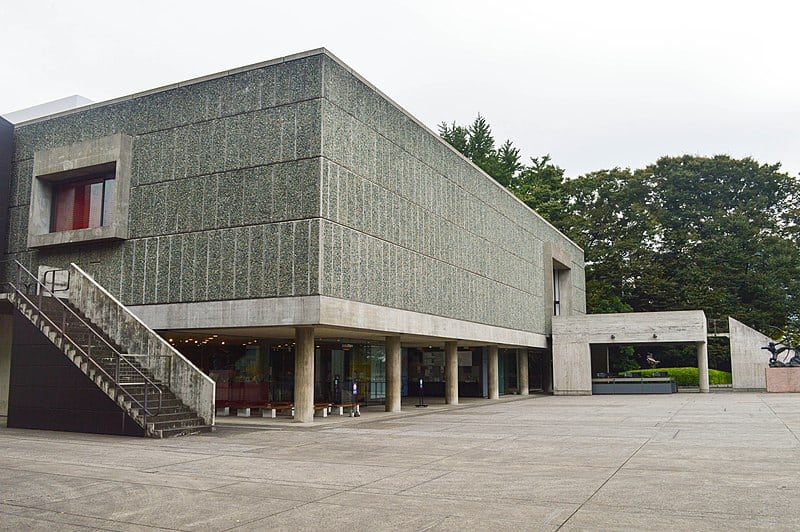
After lunch, make your way to the National Museum of Western Art, located within Ueno Park. If you’re at Ameyoko Market, head north back to Ueno Park, which takes about 10 minutes on foot. From Park Side Café, the museum is a short 5-minute walk. The museum houses an impressive collection of European art, including works by Rodin, Monet, and Van Gogh.
The museum’s building, designed by the renowned architect Le Corbusier, is itself a UNESCO World Heritage site. The entrance fee is approximately 500 yen, but special exhibitions may have different pricing. Take your time to appreciate the diverse range of artworks and the serene atmosphere of the museum.
Stop 3: Ginza
From Ueno, take the Ginza Line towards Shibuya. Board the train on Platform 2 at Ueno Station. The ride to Ginza takes about 13 minutes, covering six stops, and costs approximately 170 yen. Once you arrive at Ginza Station, use Exit A3 for convenient access to Ginza Six.
High-End Shopping at Ginza Six
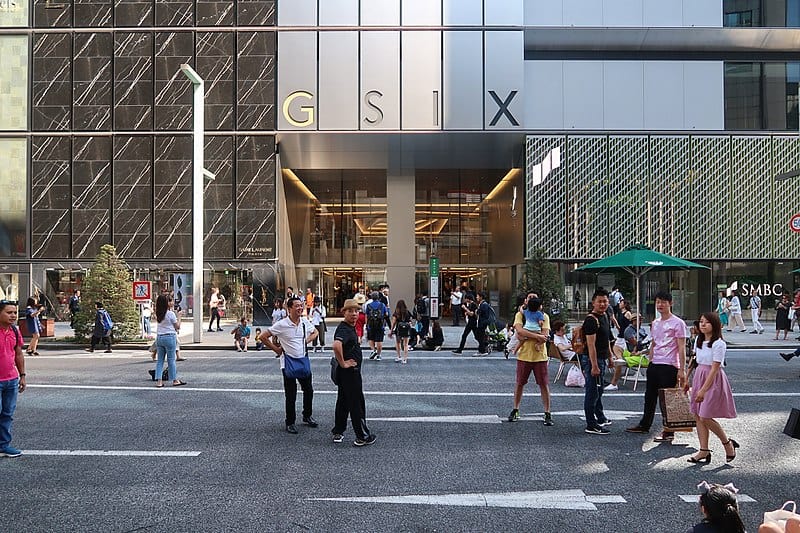
End your day in the upscale district of Ginza, starting with a visit to Ginza Six. This luxury shopping complex offers a mix of high-end fashion, lifestyle stores, and gourmet dining options. As you step out from Exit A3, you’ll find yourself directly at Ginza Six. Whether you’re window shopping or looking for a special purchase, Ginza Six provides a sophisticated shopping experience with brands like Dior, Chanel, and Louis Vuitton.
The complex also houses contemporary art installations and cultural events, making it more than just a shopping destination. Don’t miss the rooftop garden on the 13th floor, where you can enjoy a stunning view of the city amidst a serene garden setting.
Budget-Friendly Shopping Alternatives

If high-end shopping isn’t in your budget, Ginza also offers more affordable options:
- Uniqlo Ginza: This flagship store spans 12 floors and is the largest Uniqlo in the world. It offers a vast selection of stylish, affordable clothing for all ages. What makes this Uniqlo special is its unique collaborations with designers and the extensive range of products, including exclusive items not found in other Uniqlo stores. Budget around 1,000-5,000 yen for various clothing items.
- GU: Located near Uniqlo, GU is Uniqlo’s sister brand, offering trendy and budget-friendly fashion. It’s popular among younger shoppers looking for the latest styles at affordable prices. Expect to spend around 1,000-3,000 yen per item.
- Muji Ginza: Known for its minimalist design, Muji offers a range of household goods, clothing, and snacks at reasonable prices. The Ginza location also features a Muji Hotel and a restaurant serving fresh, healthy meals. Budget around 500-2,000 yen for various household items and snacks.
See a Show at the Kabuki-za Theatre
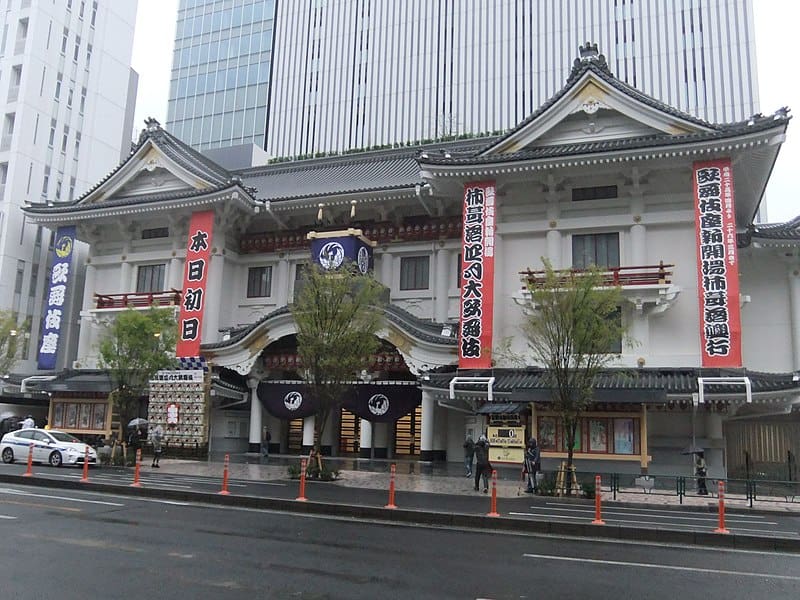
Before dinner, enjoy a cultural experience at the Kabuki-za Theatre, the principal theatre for kabuki, a traditional Japanese performing art. From Ginza Six, it’s a short 5-minute walk to the theatre. The theatre’s ornate facade and rich interior set the stage for an evening of dramatic performances, elaborate costumes, and dynamic acting. Even if you don’t understand Japanese, the visual spectacle and emotional intensity of kabuki make it an enthralling experience.
Ticket prices range from 4,000 yen for a single-act seat to 20,000 yen for a prime box seat. You can purchase tickets at the box office or online. Single-act tickets are a great budget-friendly option and typically cost around 1,500-3,000 yen.
Enjoy a Meal at a Michelin-Starred Restaurant
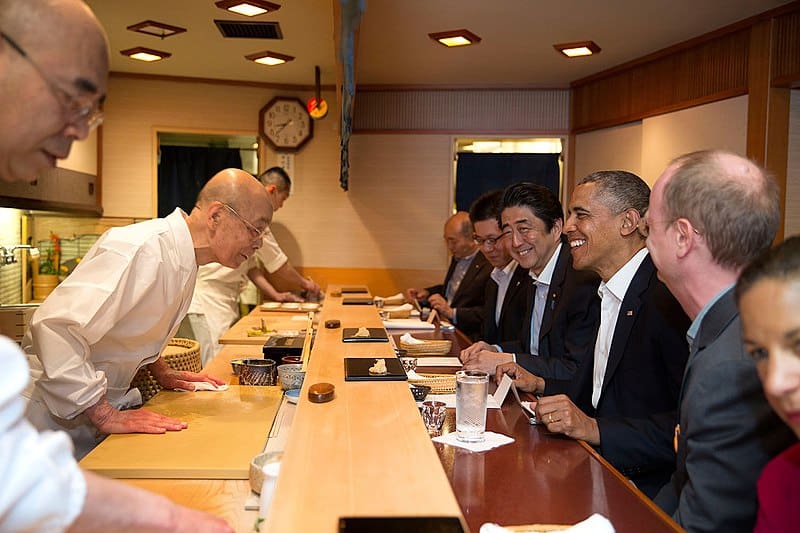
After the kabuki show, treat yourself to an unforgettable dining experience at one of Ginza’s Michelin-starred restaurants. Some highly recommended options include:
- Sukiyabashi Jiro: Famous for its exquisite sushi, this restaurant is renowned worldwide, especially after being featured in the documentary “Jiro Dreams of Sushi.” The experience here is intimate and highly focused on the quality of sushi. Expect to spend around 30,000 yen per person.
- Ginza Kojyu: Offering traditional kaiseki cuisine, Ginza Kojyu provides a multi-course dining experience that showcases seasonal ingredients prepared with meticulous care. Prices range from 20,000 to 30,000 yen per person.
- L’Osier: A French cuisine restaurant known for its elegant dishes and sophisticated atmosphere. The meticulous presentation and flavourful creations make dining here a memorable experience. A meal can cost about 25,000 to 35,000 yen per person.
Reservations are often required, so plan ahead to ensure you get a table at your chosen restaurant. These meals are not just about food but an experience that delights both the palate and the senses.
Budget-Friendly Dining Alternatives
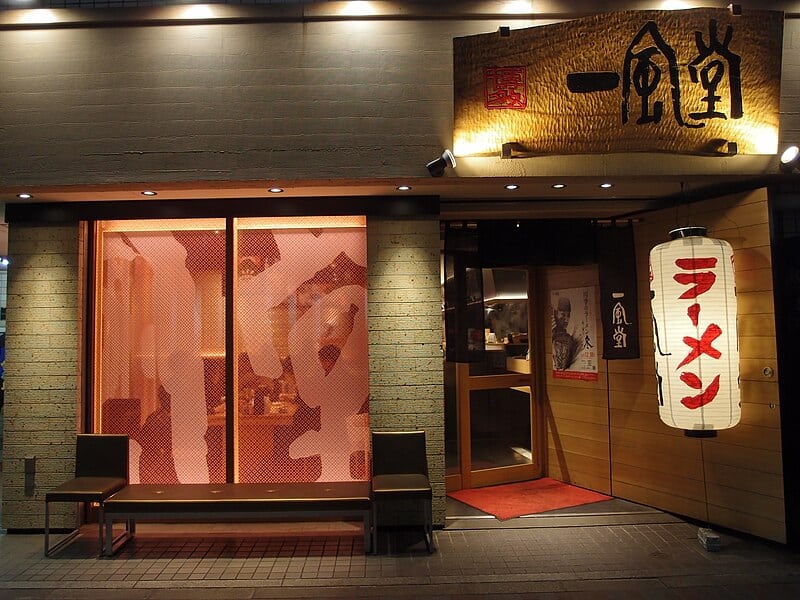
If you’re looking for more affordable dining options, Ginza has plenty to offer:
- Ginza Kagari Honten: Known for its delicious and reasonably priced ramen, Ginza Kagari Honten offers a rich and creamy chicken-based broth, which is a unique twist on traditional ramen. A bowl costs around 1,000 yen, making it a great budget-friendly option without compromising on taste or quality.
- Sushizanmai: A popular sushi chain that offers quality sushi at affordable prices. Sushizanmai is well-known for its fresh ingredients and variety of sushi options. Meals typically range from 1,500 to 3,000 yen, providing a great way to enjoy sushi without breaking the bank.
- Ippudo Ginza: Another excellent ramen spot, Ippudo is famous for its tonkotsu (pork bone) ramen. The rich, flavorful broth and perfectly cooked noodles make it a favourite among ramen lovers. Bowls cost around 1,000 yen, ensuring a satisfying meal at an affordable price.
Experience the Culture and Luxury Tokyo Offers on the Ginza Line
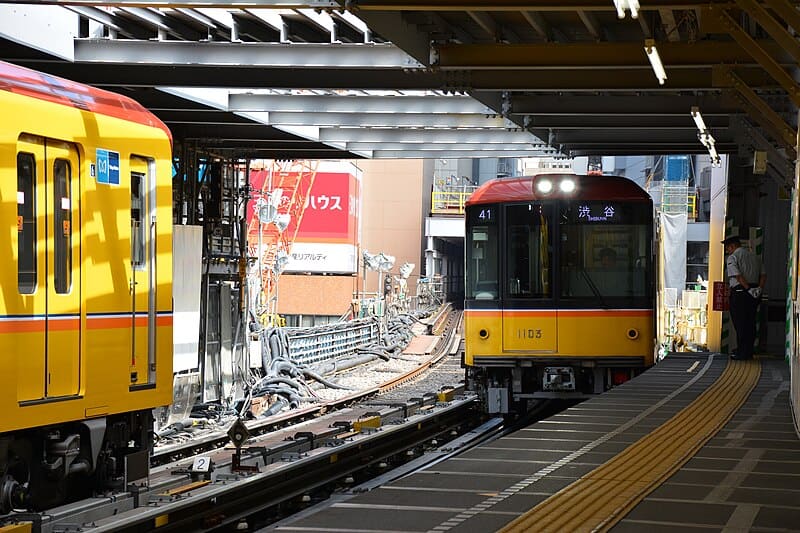
This Ginza Line itinerary offers a perfect blend of historical exploration, cultural immersion, and modern indulgence. From the spiritual serenity of Sensō-ji Temple in Asakusa, to the artistic treasures and lush parks of Ueno, and the luxurious charm and upscale experiences of Ginza, each stop provides a unique glimpse into the multifaceted city of Tokyo.
The Ginza Line itself is a marvel, connecting these diverse districts seamlessly and offering an efficient way to explore some of the best that Tokyo has to offer.
The detailed journey through the three vibrant stops in this guide not only showcases the rich history and dynamic present of Tokyo but also provides practical tips and budget-friendly alternatives to ensure that every traveler can enjoy the experience.
So, hop on the Ginza Line and go on a journey that will leave you with lasting memories and a deeper appreciation for this incredible metropolis.

